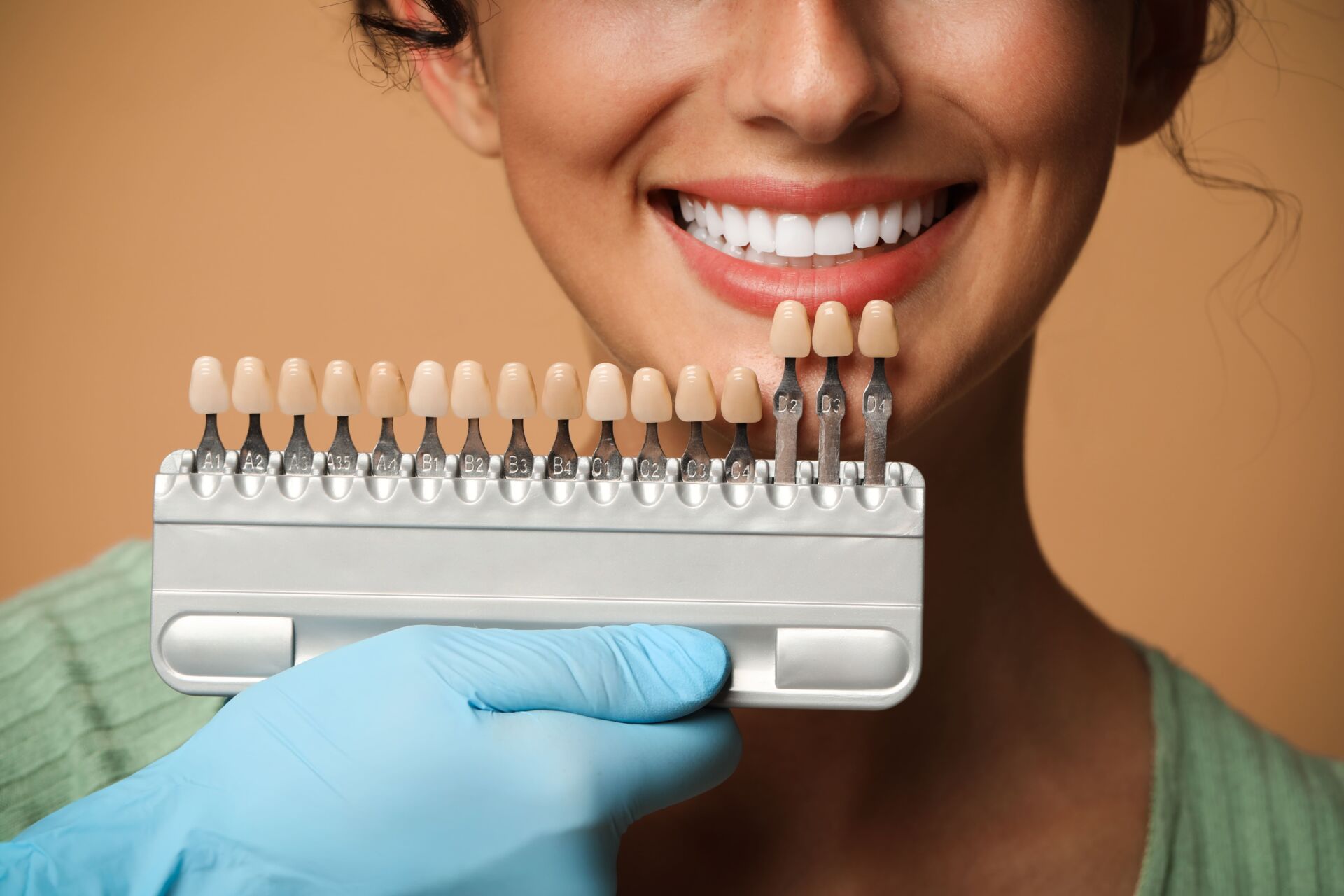If you are one of the 10 million-plus Americans with temporomandibular joint dysfunction (TMJ dysfunction), you probably already know that when it comes to TMJ dysfunction pain, it can be a full-time job finding relief. Over-the-counter painkillers may work temporarily, and for some not at all, and while neuromuscular orthodontics are a safe and effective method for treating TMJ dysfunction, some interim pain during treatment is completely normal. If you are looking for a more natural way to treat your TMJ dysfunction pain during your neuromuscular orthodontic treatment, here are some safe, natural options that some TMJ dysfunction sufferers have found effective.
Compresses
A warm compress will relax the muscles of the jaw surrounding the temporomandibular joint. Experts recommend using a warm compress on the jaw for approximately 10 to 12 minutes, twice a day, for TMJ dysfunction pain relief. If warm compresses aren’t doing the trick, you can also try cold compresses. Cold compresses will numb the muscles, alleviating some of the pain that way.
Vitamins
There are several vitamins that may be able to help alleviate some of the side effects of your TMJ dysfunction. The first is magnesium. Magnesium can be taken as a supplement, but it can also be found naturally in a long list of foods, including leafy greens such as spinach and chard, as well as black beans, avocados, pumpkin seeds and more. Magnesium is said to help alleviate muscle tension, which can help relax the jaw in TMJ dysfunction patients. Another vitamin you can try is an Omega-3 supplement. Naturally found in some nuts and fish, Omega-3s are said to help reduce inflammation, including the inflammation of the joints, something that could alleviate some of your TMJ dysfunction pain.
Massage
Massaging your jaw can help reduce some of the muscle tension caused by your TMJ dysfunction, but if you would like to attempt this treatment please speak to Dr. George first to make sure you are both a good candidate and massaging the area properly. Experts recommend that those using massage techniques do so by rubbing the jaw and temples in a circular motion as you open and close your mouth very slowly. This can be done for 30 seconds at a time and repeated every four to six hours throughout the day. If you are interested in learning more about temporary relief of your TMJ dysfunction symptoms or you are ready for a more permanent solution with neuromuscular orthodontics, give Dr. George’s office a call at 724-220-2347.




